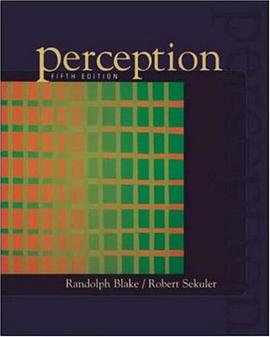

具体描述
What is hip? Leland has researched contemporary answers to that question for Spin, Details and the New York Times, and now probes deeper for a rigorous historical analysis that goes beyond the usual hot spots of the Lost Generation and the Harlem Renaissance, encompassing colonial plantations, animation studios, pulp magazine racks and the latest hipster hangouts. The story of hip is largely the story of American race relations, and Leland addresses the ways whites and blacks have interpreted and imitated one another from many angles, as assuredly perceptive when he analyzes Al Jolson's blackface persona as he is exploring the dynamic between bop jazz and Beat Generation writers. Refusing to either champion or condemn "the white boy who stole the blues," Leland presents readers with an accessible model of complex social forces. The breadth and sophistication of his argument is admirable, but it wouldn't be as convincing without his engaging tone, which shuns condescension to invite readers into a genial conversation—Leland even jokes about how the nature of hipness might date his book. Leland needn't worry: though hip will always be a matter of perception, few will be able to read this eclectic history without agreeing it's on to something. 49 b&w photos.
作者简介
目录信息
读后感
评分
评分
评分
评分
用户评价
相关图书
本站所有内容均为互联网搜索引擎提供的公开搜索信息,本站不存储任何数据与内容,任何内容与数据均与本站无关,如有需要请联系相关搜索引擎包括但不限于百度,google,bing,sogou 等
© 2026 book.wenda123.org All Rights Reserved. 图书目录大全 版权所有




















